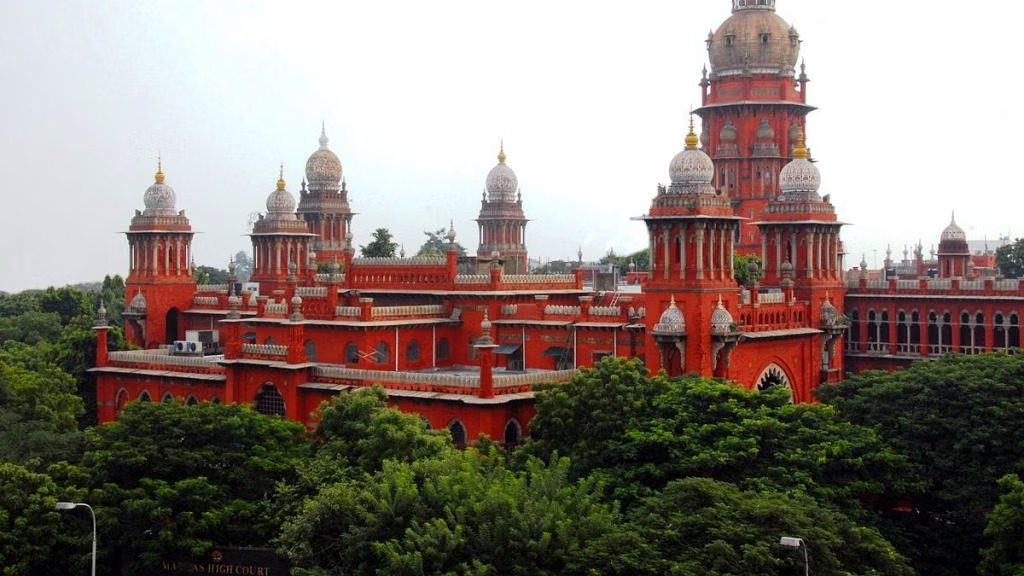Legal News

Madras High Court orders T.N. government to create buffer zone along 320-km long boundary between forests and human habitations in Coimbatore
05:13 AM, Saturday,13 September 2025
Justices N. Sathish Kumar and D. Bharatha Chakravarthy say humans can develop elsewhere but the flora and fauna cannot survive anywhere but for the forests
Taking note that the Coimbatore forest division shares a 320-km long boundary with human habitations located close to the reserve forests on the foothills of the Western Ghats and that a part of the stretch passes even through Coimbatore city, the Madras High Court has impressed upon the need for the Tamil Nadu government to create a buffer zone between the forests and the human habitations.
Justices N. Sathish Kumar and D. Bharatha Chakravarthy have directed the State government to come up with a proposal by October 10 to avoid increased human activity and commercial exploitation of lands close to the reserve forests. The orders were passed pursuant to report submitted by amici curiae T. Mohan, Chevanan Mohan, Rahul Balaji and M. Santhanaraman.
The judges said, the amici curiae had brought it to the notice of the court that the entire 320-km stretch passing through Sirumugai, Mettupalayam, Karamadai, Periyanaickenpalayam, Coimbatore, Bolampatty and Madukkarai was an ecologically fragile area and very rich in wildlife. Equally the human habitations adjoining the reserve forest area were buzzing with agricultural activities.
“It can be seen that there is a huge demand for land conversion in this area to facilitate urbanisation and commercial developments. Some of the development activities of the State are also proposed to be located in this area along forest boundary. Such developmental activities are bound to create huge pressure on the wildlife and also the man-animal conflicts may multiply manifold,” the court said.
Stating that human presence near this ecologically fragile area would extinguish the very little forest land left for the “poor creatures,” the judges said, human beings could create commercial establishments elsewhere and the developmental activities could also be carried out in other places but the flora and fauna that flourish in the forests would not have any other place to go.
“Even though the areas in this stretch are notified under the Hill Area Conservation Authority, it is seen that permissions continue to be granted for development including commercial constructions adjoining the reserve forest and that would run counter to all the conservancy efforts that are taken by the Government by spending huge amount of tax payers money,” the Bench noted.
The court said that it was essential to earmark and preserve a buffer zone between the reserve forest boundaries and human habitations not only in the interest of the flora and fauna but also to save human lives from conflict with animals.
Referring to a personal inspection of the area carried out by them recently, the judges said, “even where the lands are being cultivated, we invariably saw a farmhouse on almost every piece of land along with boards mentioning that farm stay is available. Once tourists are going to occupy these farm stays, they would disturb the very nocturnal environment by having campfire and loudspeakers,” the Bench added.